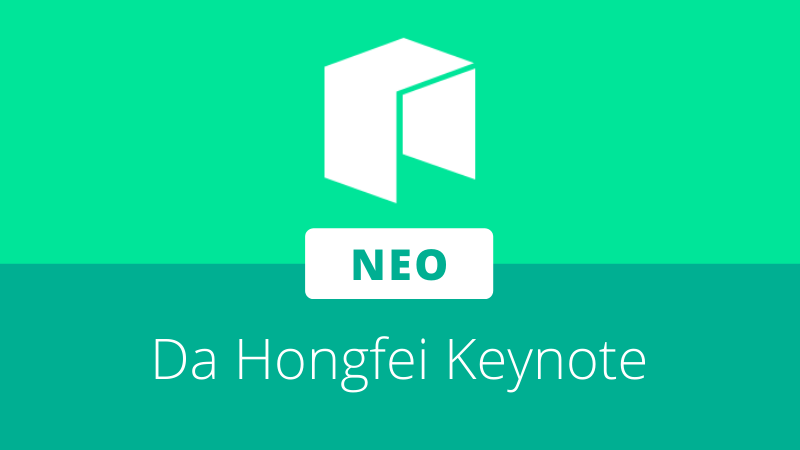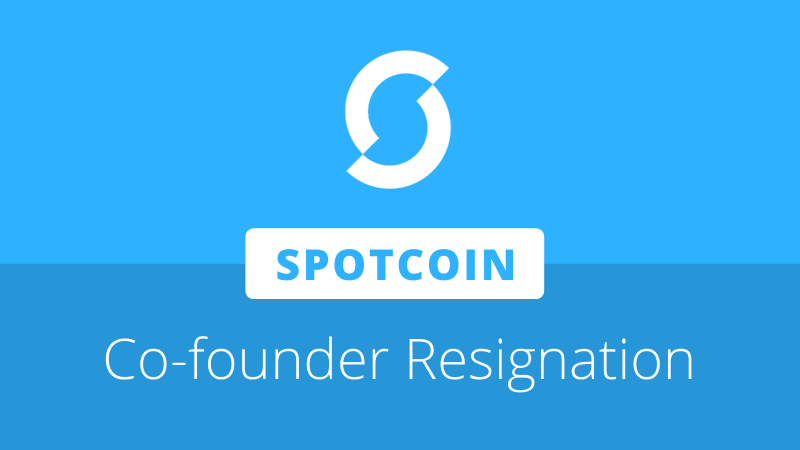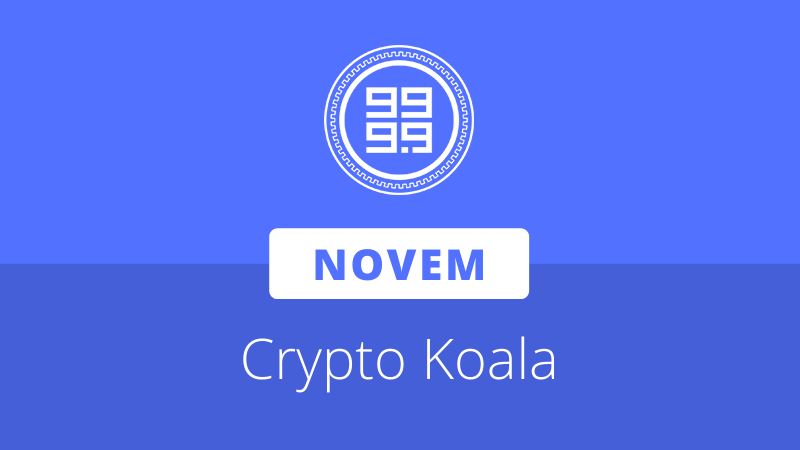
On November 14th, Neo co-founder and Neo Global Development (NGD) CEO, Da Hongfei, delivered a keynote address to the attendees of the Blockshow 2019 conference that took place in Marina Sans, Singapore. Da was the first speaker to kick-off the two-day event, which also featured a Neo Eco Zone exhibit, comprised of booths staffed by various projects and partners of the ecosystem.
Da began his speech highlighting how the Singaporean government is embracing digital economies — from electronic visas to a unified account that grants residents access to services from 60+ government agencies. He went on to iterate that it is the internet that connects these digital economies.
Other categories in which the digital world may interconnect include instant messaging, online videos, storage, search engines, social networks, shared economies, and payment processing.
Da went on to share his vision of the next-generation internet (NGI), which he believes will enable data-sharing amongst various entities and remove friction between new technologies such as 5G, IoT, and brain-computer interfaces.
To reform today’s internet for NGI, Da stated “small tweaks,” such as policies like GDPR or breaking up monopolies, will not be enough. “We need a complete revamp of the internet to resolve all these issues.” The “ideal internet” should feature the following characteristics: open-source, permissionless, interoperable, decentralized, data rights protecting, and privacy-preserving.
Da outlined the underlying layers of the NGI, which include:
- Layer Zero: Network Layer
- Layer One: State Layer
- Layer Two: Transaction Layer
- Layer Three: Application/Interface Layer
Layer Zero is comprised of protocols for computer networks (TCP/IP), the internet of things (IoT), telecom networks, and computational infrastructure (such as cloud and AI).
Layer One will be the interoperability protocol between centralized and decentralized ledgers, which will link these systems and remove the isolation of their data. Da’s vision for NGI requires this layer to be an efficient and inclusive interoperability protocol, connect existing blockchain projects, and allowing for “transaction atomicity and consistency.”
Layer Two will be a layer that allows for transactions across centralized and decentralized networks. Da envisions the “Transaction Layer” will allow state channels and side chains, permissioned blockchains, and centralized local ledgers to communicate with one another.
Lastly, Layer Three will be where users mostly interface with distributed applications. Categories of such applications include: web browsers, cryptocurrency and digital asset wallets, communication, finance, games, and content creation and distribution.
Da concluded his speech on the topic of applications for NGI:
Every aspect will [be] traditional, [like with] today’s application, and there will be a decentralized version. With time, I believe today’s mainstream internet application will become a legacy application. And, a new decentralized application will arise from marginal, to alternative, to mainstream. So there will be a lot of opportunities for [blockchain companies].








About The Author: Dylan Grabowski
Dylan is a reformed urban planner with a passion for covering the Neo ecosystem. His objective as a writer for Neo News Today is to report news in an objective, fact-based, non-sensational manner. When not behind a computer screen, he can be found in the mountains rock climbing. Find Dylan on Twitter (@GrabowskiDylan).
More posts by Dylan Grabowski